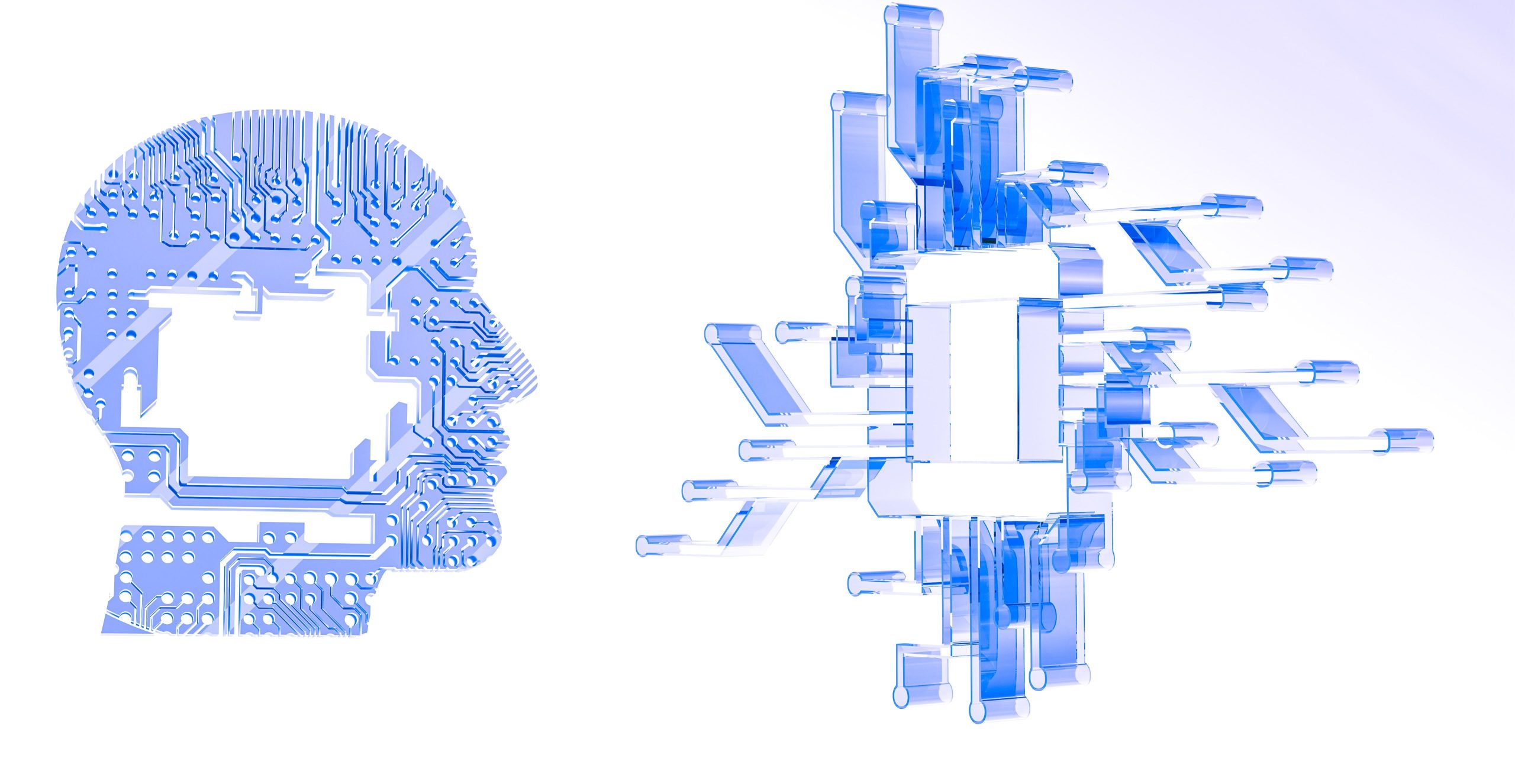In the wake of ChatGPT and Generative AI DoorDash is identifying ways this new technology can enhance the customer’s ordering experience on the platform. The company is exploring the use of Generative AI, a subset of Artificial Intelligence that generates novel content based on existing data, and how it can be implemented effectively with consideration for the privacy and security of personal information. Generative AI shows tremendous potential in various fields, including language processing, image and video generation, and content creation. In this blog post, we’ll examine how DoorDash hopes to leverage Generative AI and revolutionize the delivery experience.
Some background into Generative AI
Generative AI, as its name suggests, generates new content based on existing data. One of the most popular examples of Generative AI is the GPT series, a family of deep learning models developed by OpenAI. These models utilize vast amounts of data to produce coherent and grammatically correct human-like text. ChatGPT, the version of GPT-3.5 that powers this response, is an instance of such a model.
So, where can DoorDash capitalize on Generative AI? With consideration for use of anonymized and pseudonymized personal information, we have identified five main categories in which DoorDash can use the latest innovations in the field:
- Assistance of customers to complete tasks
- Better tailored and interactive discovery
- Generation of personalized content and merchandising
- Extraction of structured information
- Enhancement of employee productivity
Below we will explore each of these in more detail.
1. Assistance of customers to complete tasks
Generative AI can assist customers by automating tasks such as cart building, getting order status updates, retrieving account information, finding recipe information, and order checkout. These tasks would not only reduce frictions in the customer journey but also improve the overall customer experience by providing more real-time feedback.
For instance, with Generative AI, when a customer lands on a merchant store, DoorDash could provide pre-built cart templates that cater to different family sizes and dietary preferences. By analyzing vast amounts of data, the models can suggest a list of items that are often ordered together for each meal category, such as breakfast, lunch, and dinner. These suggestions save time for customers and can simplify the ordering process. Additionally, Generative AI can power voice assistants and enable customers to place orders seamlessly using natural language queries and personalized recommendations based on their past orders and preferences.
2. Better tailored and interactive discovery
As well as assisting, DoorDash can go a step further to improve its suggestions and recommendations. By leveraging Generative AI in voice, chat, and search interfaces, we can propose items for the customer’s household and better use knowledge graph relationships between customers and merchants.
For example, Generative AI can analyze a customer’s order history, location, time of day, and other factors to generate a personalized list of items that they might be interested in. These suggestions can increase the ease of ordering of regular repeated orders and also enhance the overall customer experience through the app.
3. Generation of personalized content and merchandising
By automating the creation of menus, merchandising, top 10 lists, marketing campaigns, and videos with Generative AI, DoorDash can create more engaging and personalized content for its customers. Personalized content is important for meeting the customer where they are and making sure the message is tailored to their needs.
One area of opportunity is in using Generative AI to create visually appealing menus for merchants that highlight their most popular items and categories. This makes it easier for the customer to quickly get to the best-selling and most popular items on the menu, which ultimately enables the merchant to increase their revenue. Additionally, Generative AI could look at the customers behavior on the app, neighborhood, and other factors to generate personalized timely promotions and discounts.
4. Extraction of structured information
Another strength of Generative AI is to understand unstructured data and parse it into a more structured format. In the DoorDash context this could mean automating the extraction of nutritional information, ingredients, and items, and running Optical Character Recognition (OCR) on receipts to detect errors. This reduces manual effort and improves the accuracy and speed of data processing.
In one application, Generative AI can automatically generate inventory lists for restaurants by analyzing their order history and predicting which items are most likely to sell out. This kind of analysis would reduce waste and ensure that the restaurant always has enough stock to fulfill orders. In another application, Generative AI can be used to automatically extract data from receipts using OCR technology. A model can analyze a menu’s image and extract relevant information such as food item names, prices, and ingredients. DoorDash can use this to keep the app as up to date as possible and encourage merchants to add new and exciting items for the enjoyment of their customers.
5. Enhancement of employee productivity
Generative AI can be used to accelerate DoorDash employees’ productivity by automating tasks such as SQL writing, and document drafting. This automation reduces the manual effort required in performing these tasks and improve the accuracy and speed of data processing.
For example, Generative AI can be used to automatically generate SQL queries for data analysis. The model can analyze the data and generate queries that are also optimized for performance and accuracy. More broadly, Generative AI can be used to automate the drafting of documents such as sales pitches and FAQ pages. The model can analyze our existing internal wiki pages and generate drafts that are consistent with our metrics, policies, and product features. These automations quicken task delivery times and ensure that they are accurate. In fact, we used generative AI to help edit this blog post!
Conclusion
Overall, the potential applications of Generative AI for DoorDash are vast and exciting. By leveraging this technology, we can enhance the customer experience, reduce manual effort, and improve data accuracy and processing speed. However, there are also challenges that need to be addressed in the adoption of Generative AI.
One of the key challenges is data privacy and security. As we leverage large amounts of data to train Generative AI models, it is important to ensure that the data is secure and protected from unauthorized access or misuse. At DoorDash, we take data privacy and security very seriously, and we have implemented various measures to continue to safeguard our customer’s data.
Another challenge is the ethical implications of using Generative AI. As these models generate new content based on existing data, there is a risk of perpetuating biases and stereotypes present in the training data. At DoorDash, we are committed to ethical AI practices, and we are working to ensure that our Generative AI models are unbiased and inclusive, which we hope to expand more on in a future article.
In conclusion, Generative AI has enormous potential to revolutionize the delivery experience for DoorDash customers. By leveraging this technology, we can enhance the customer experience, reduce manual effort, and improve data accuracy.
The post DoorDash identifies Five big areas for using Generative AI appeared first on DoorDash Engineering Blog.
This content was originally published here.




